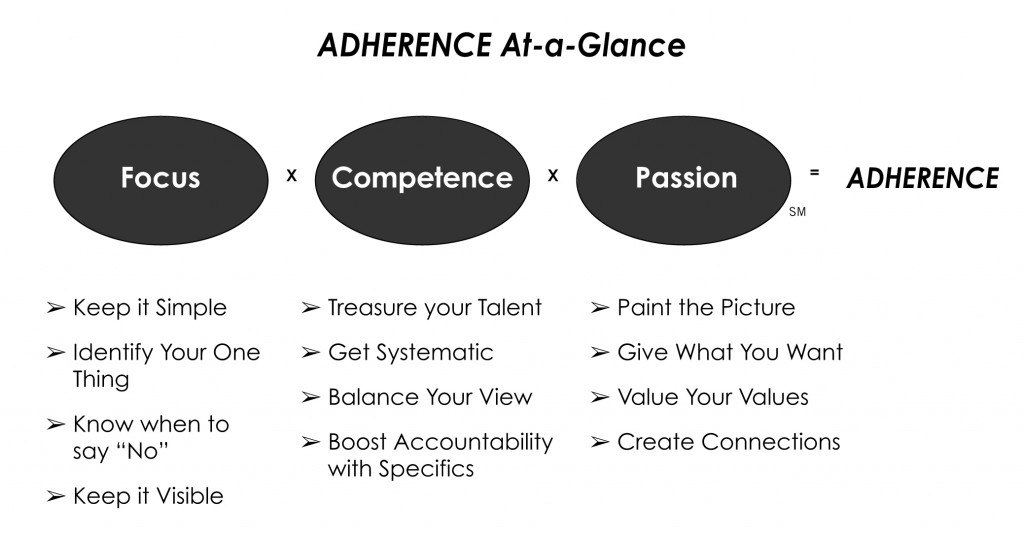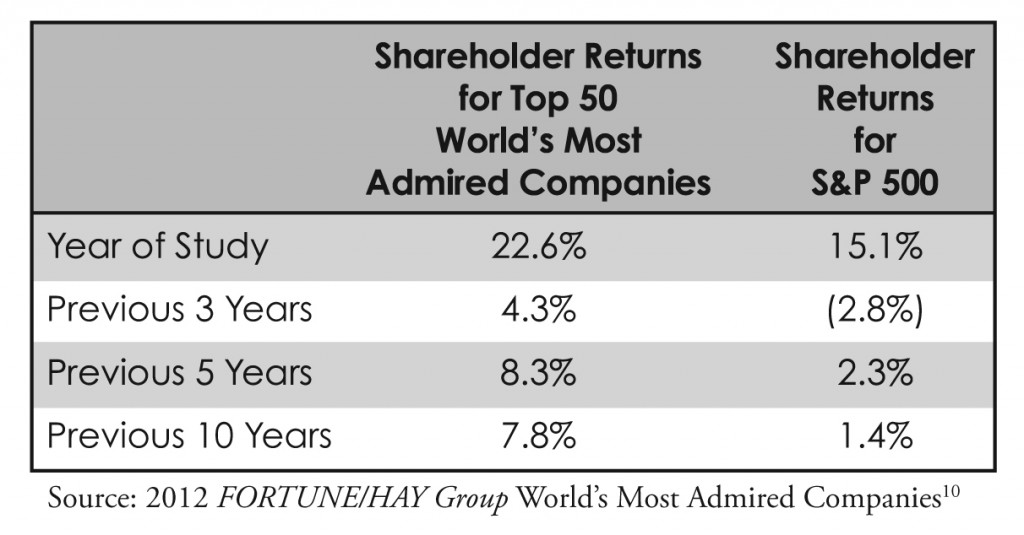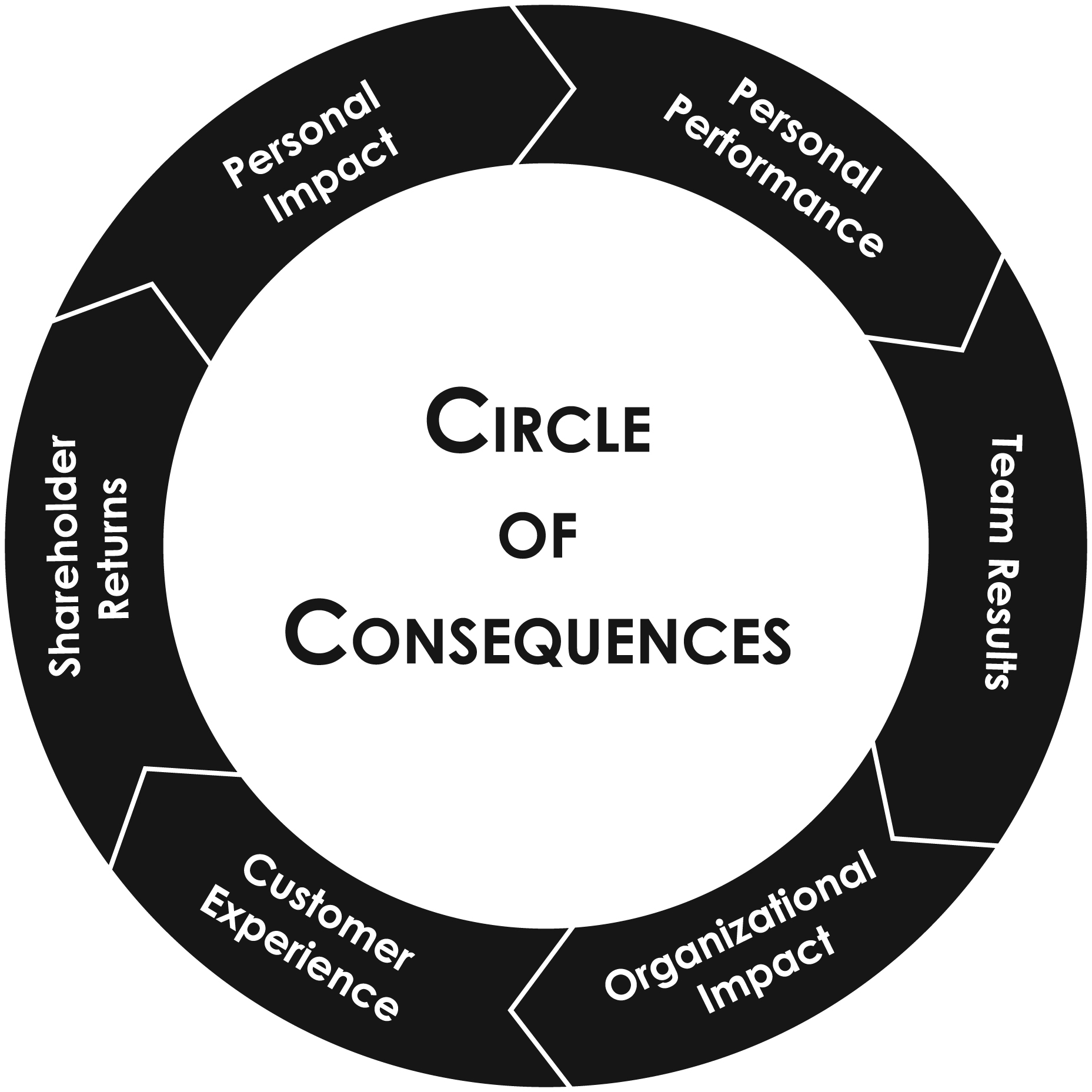Lee J. Colan, Ph.D. is a leadership consultant and the author of 12 books, the co-founder of The L Group, and a popular speaker. His latest book, co-authored with his wife Julie, is Stick with It: Mastering the Art of Adherence.
I recently had the opportunity to ask Lee a few questions about his new book and his extensive experience working in the field of leadership, strategy execution and employee engagement.
Lee, this book is an updated version of a previous bestselling book of yours: Sticking to It. What led you to update it?
Well, Skip, we had been applying the Adherence Equation for 10 years:
We learned from and worked with our clients to hone and develop new tools that support adherence (defined as consistent execution), and we wanted to share our learnings. Even though I wrote 10 other books during that time, the Adherence Equation still seemed to resonate with organizations of all sizes and industries. Truth be told, that first book remained my bestseller. Clearly, I should have stopped after my first one!
I finally decided, with the better judgment of my business partner and wife of 25 years, that we should take our own medicine and FOCUS. So, we have poured our best stories, examples and tools into this expanded and enhanced follow-up that serves as a roadmap for consistent execution.
Here is the essence of the Adherence Equation: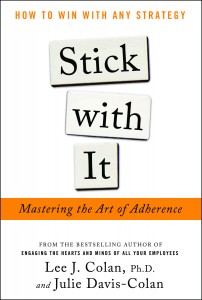
Focus provides the clarity necessary to make decisions that support your most important goals. It results in a clearly defined pathway to success. A sharp focus answers the “what” question – What do you need to do to execute your strategy?
Competence is used in the broadest sense of the term. It encompasses all the skills, systems, processes and tools a team uses to achieve its goals. The result is the ability to commit to, measure and hit your targets. Building competence answers the “how” question – How will you execute your strategy?
Passion creates a sense of connectedness. It creates a connection between teammates, a connection to our human need for meaningful work and a connection to each individual’s sense of value and contribution. Igniting passion answers the “why” question – Why are you executing your strategy?
What’s the “knowing-doing gap” and what can be done about it?
The knowing-doing gap is that space between knowledge and application. The problem with business (and often in life) is not the lack of good ideas; it’s the lack of application of those ideas.
For example, how many times have we been told that the formula for maintaining a healthy weight is to eat a balanced diet and exercise regularly? Although sophisticated marketers package this information in many creative ways, it’s really quite simple: calories in equal calories out. If we know the formula, then why do so many of us still struggle to lose weight? The real secret to maintaining a healthy weight is not in knowing the formula, but in executing it. That is where our challenge seems to lie—in applying what we already know.
The only predictable, sustainable way to fill that gap is the daily disciplines (for personal adherence) and consistent execution (for organizational adherence). There are four adherence accelerators within each component of the adherence equation that form the bridge between knowing and doing.
You say, “Winning depends less on a brilliant plan than on consistent actions.” Talk about that.
Fortune magazine and the Hay Group studied the issue of strategy execution. The researchers concluded that for the top 10 most admired companies in each industry, strategy execution was not an exercise—it was the focus of everything they did: “Even in highly competitive and rapidly changing environments, most admired companies are distinguished by their success in executing against strategic plans.” In other words, they had strong adherence to their plans. These companies knew how to create a strategy, but more important, they achieved superior results because they knew how to stick with it.
What this tells us is that although a solid strategy is important, it only gets you in the game. Adherence to the strategy is what propels you into the winner’s circle.
This is consistent with our observations over 25 years. Winning teams develop solid strategies (not always great ones), but they spend lots of time and energy to ensure they adhere to their strategies. One way to express this relationship between strategy and adherence is this:
Strategy + Adherence = Level of Achievement
focus x competence x passion
This equation shows that strategy has only an additive impact on your achievement level, whereas adherence has a multiplier effect on achievement. For instance, if you have a mediocre strategy (say a 4 on a scale of 0 to 10) and your adherence is average (focus = 4, competence = 5, passion = 6), your achievement level would be:
Strategy + Adherence = Level of Achievement
4 + 120 = 124
Now assume that you really work on your strategy and make it great—say a 9 out of 10:
9 + 120 = 129
All your efforts to improve your strategy would result in a modest increase in achievement from 122 to 129.
But now let’s say that you put that same effort into adhering to your original strategy (even though it was a mediocre one) instead of focusing on improving the strategy itself. Even if you slightly improve on every component of adherence by only 1 point (focus = 5, competence = 6, passion = 7), your achievement level gets a significant boost:
4 + 210 = 214
Because of the multiplier effect, this small improvement in each component of adherence results in a greater than 72 percent increase in achievement level (124 to 214), and this is with a mediocre strategy. Imagine what would happen if you improved your adherence even a little bit more. This is why an average strategy with strong adherence tends to produce better results than a brilliant strategy with minimal adherence. So, spend more effort on adherence than on tweaking your strategy.
You outline six questions for a winning strategic plan:
1. Why do we exist?
2. Where are we going?
3. How will we conduct ourselves?
4. What will we do?
5. How will we measure success?
6. What improvements or changes must we make?
We don’t have time to go into each of these questions, but I want to ask about your experience. In which of the six do most companies struggle?
That’s easy based on our experience – #1 and #5.
Question #1 is really addressing your core purpose. Your team’s purpose may not be apparent at first glance. For example, DW Distribution is a regional building products distributor in its third generation of family leadership. Its leaders experienced a common challenge when answering this question, “Why do we exist?”
Like many companies, it was easy for the leaders to describe what they do instead of why they do it. Their initial response to this question was, “We move quality building products from point A to point B on time.” While, in fact, this is what the company does, there was also a deeper “why.” Since many of its products were used for new home construction, the ultimate answer was, “We distribute building products that help the American dream come true.” Now, that’s a purpose worth working for!
Question #5 is a challenge because many organizations want to measure everything and find it challenging to identify those few measures that tell most of the story. At least at the executive level, we encourage our clients to measure only what matters most: the 20% (the vital few) measures that tell 80% of your business story.
Let’s jump to another area you write about, and that is simplicity. Why is this concept so vital to success whether a personal or a company goal?
Discerning leaders look beyond timely complexity to find timeless simplicity. They recognize simplicity as a winning strategy. For example, a study of 39 midsized German companies found that only one characteristic differentiated the high-performing companies from the less successful ones—simplicity. High performers sold fewer products, had fewer customers, and worked with fewer suppliers than other companies in the same industry that were less profitable. This study, detailed in the book Simplicity Wins by a team of McKinsey & Company consultants, found that simple, focused operations were more profitable. Complexity is the enemy of profitability and adherence.
You are a huge advocate for consistently developing talent. Why must this be a “perpetual priority”?
It’s like cleaning your house or managing your finances. We depend on a clean house and sound finances to live a comfortable, secure life. Just because we clean our house and balance our books once, doesn’t mean we are done. The same is true for the team you depend upon to achieve your goals. You constantly depend on their output, and so you must constantly invest in them. There is no cheating this simple truth if you want sustained results.
Would you briefly introduce us to the “circle of consequences” and how it boosts accountability?
To boost accountability, you must broaden your definition of consequences. We tend to think of consequences with respect to the short term—the immediate impact of our performance (positive or negative). That’s the easy part of defining specific consequences. But it still leaves a lot to the imagination. As the circle of consequences below illustrates, we need to help employees see and understand the longer term, the downstream impact of their performances on team results, on the organization, on customers, on shareholders, and ultimately on themselves.
When employees see how their actions help or hinder each of their various constituents, the personal consequences of their performances become evident. External performance is ultimately a reflection of internal commitment. The personal impact on an employee might include opportunities for more promotions (or fewer if the performance is substandard), development opportunities, exposure to executives, public recognition, responsibilities, flexibility in the job, oversight of others, ownership of projects, and/or financial rewards. It is fair and appropriate to bring personal performance full circle back to these consequences.
Our clients have found it useful to follow the circle of consequences with respect to their own leadership behaviors, particularly when they face tough situations. It illuminates the impact of their actions (or lack thereof) on various constituents and usually moves them from choosing avoidance to choosing courage.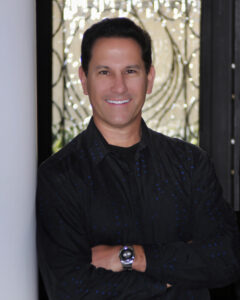
What books are you reading? (Or what books do you continually refer back to and read again and again?)
I am now reading Contagious: Why Things Catch On by Jonah Berger because I want the answer to that question in an age when many traditional promotional mechanisms are rendered ineffective.
The world has certainly changed. However, organizations are still led and powered by people. Societal dressing might make us look different from the past, but our fundamental human needs and motivations are unchanged. That’s why simple truths always resonate with us—they are timely and timeless. I rely on the Bible to learn truth, then express it in a way that helps today’s leaders see through a challenge and act on a solution.


